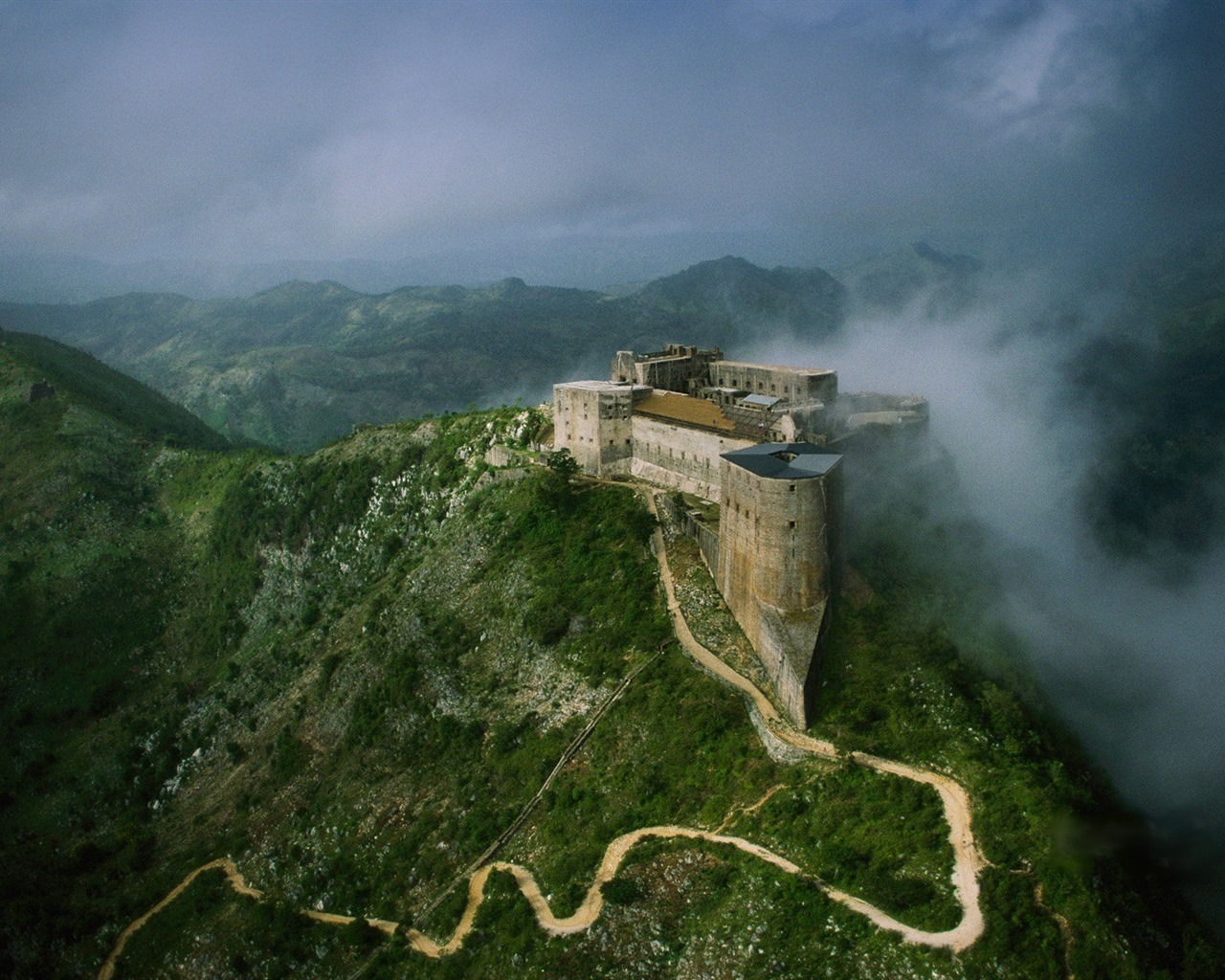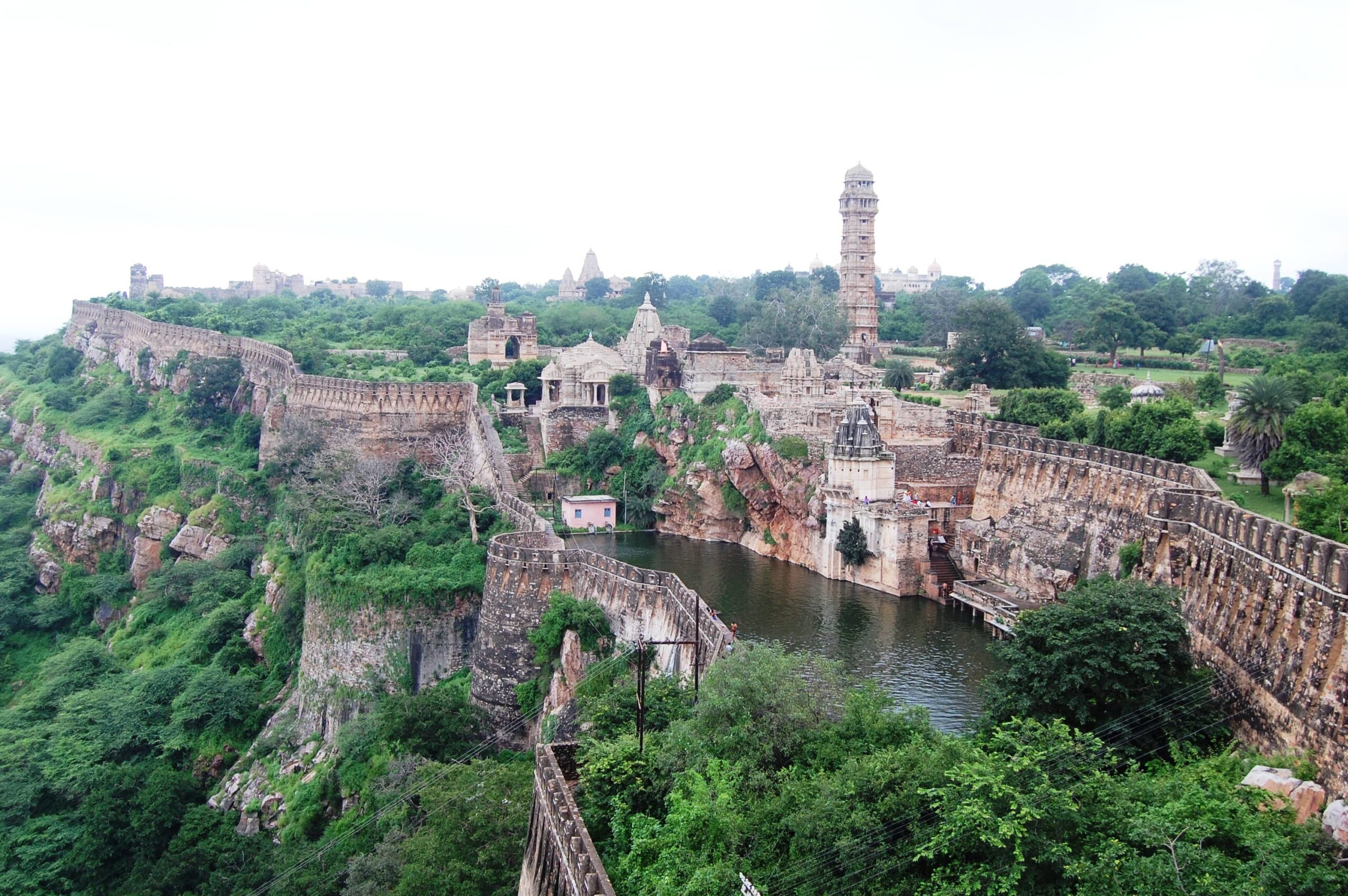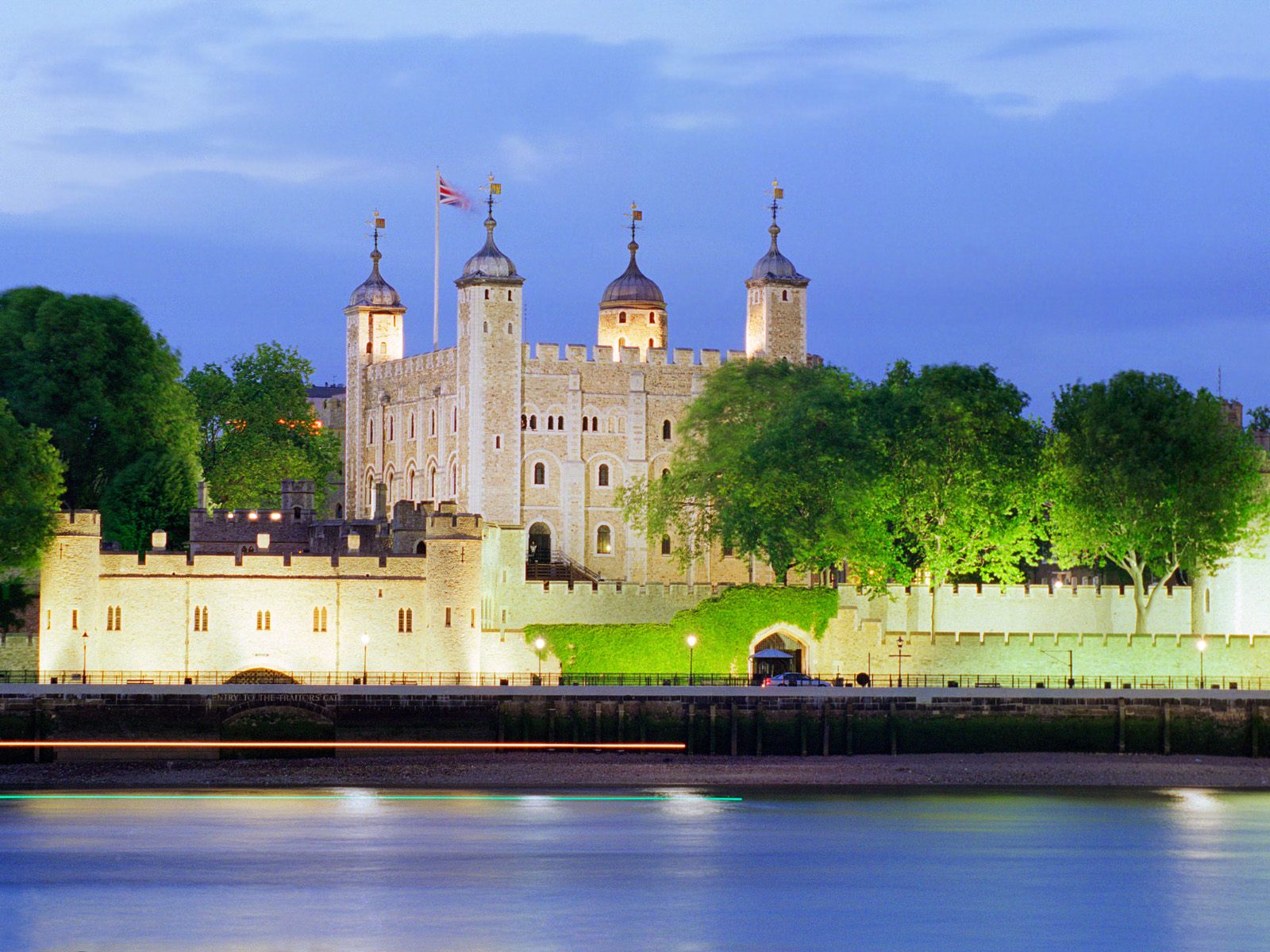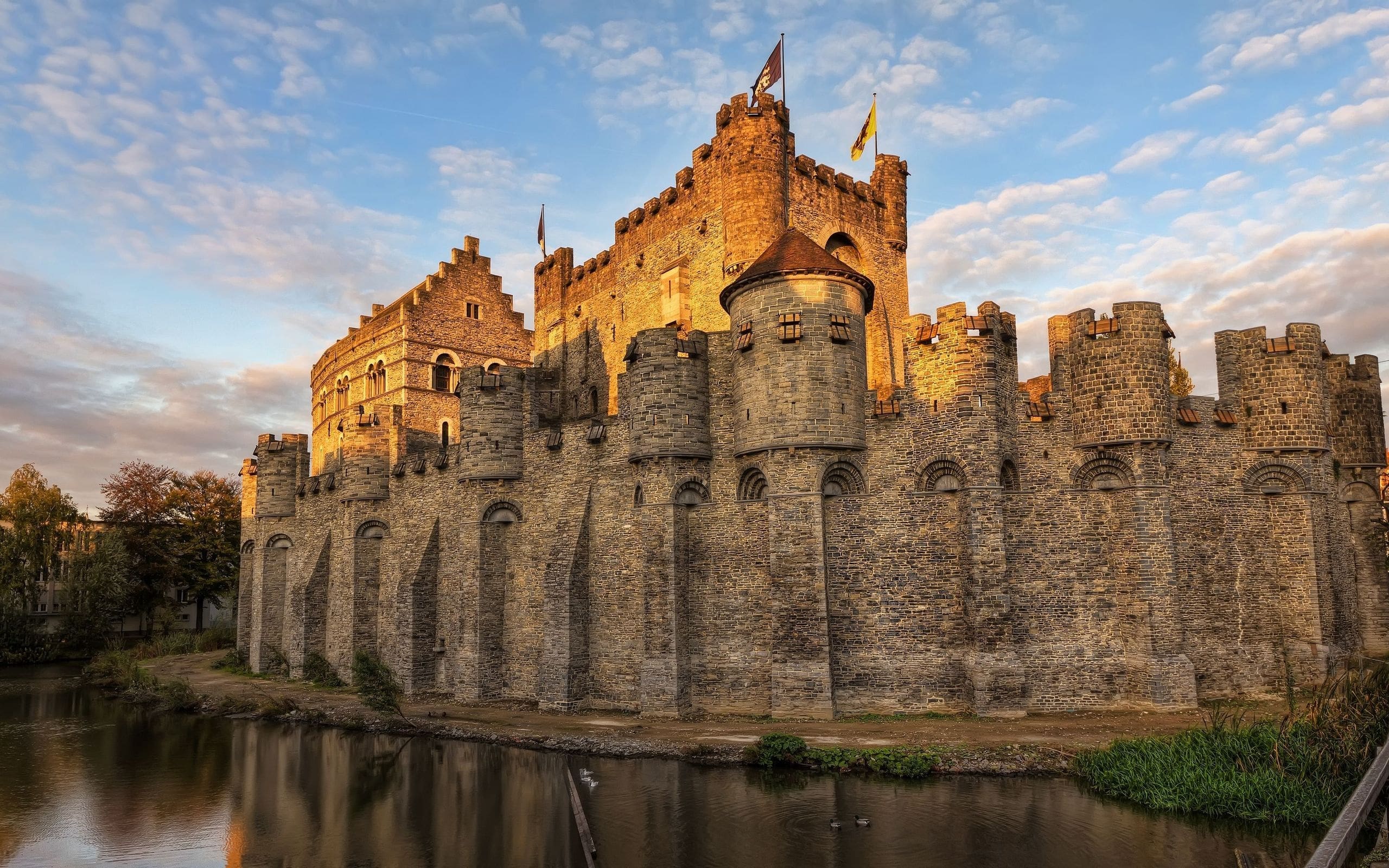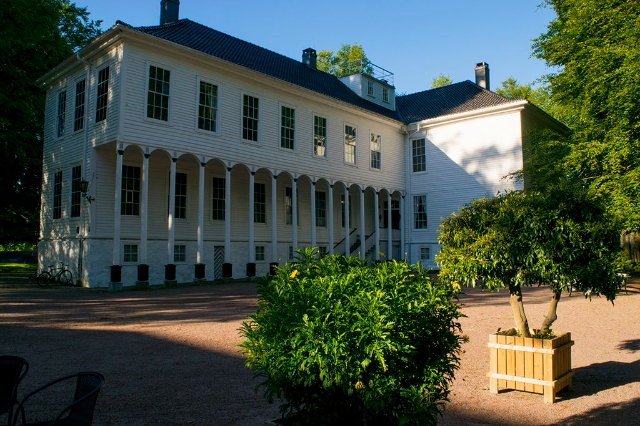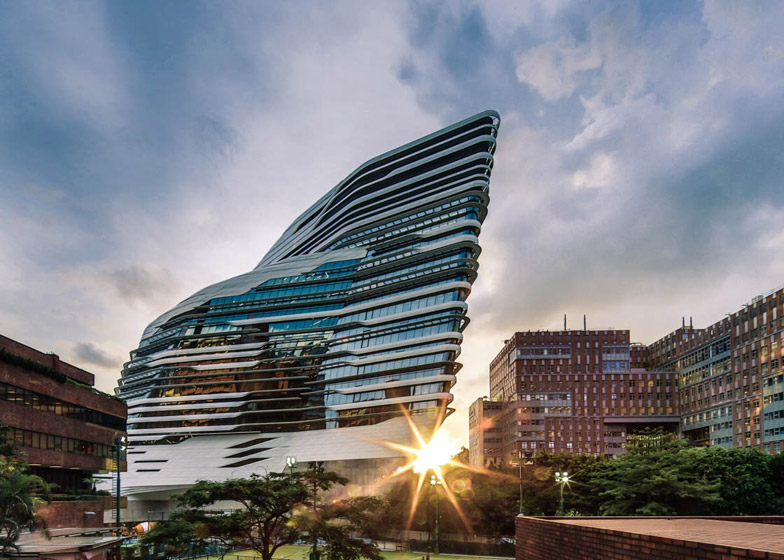Citadelle Laferrière, Haiti: This mountain top fortress offers unparalleled views across the land and the walk up to it is pretty impressive too!
Depicted on local currency, stamps and postcards, this amazing structure has become the symbol of Haiti’s power and independence. It was built in the beginning of the 19th century by one of the leaders of Haiti’s slave revolution.
The Citadelle Laferrière is also known simply as the Citadelle or as Citadelle Henri Christophe in the honor of its creator.
The Citadelle is referred by locals as the Eighth Wonder of the World and in 1982 it was nominated as a UNESCO World Heritage Site. This massive stone construction is the largest fortress in the Americas. Built to demonstrate the power of the newly independent Haiti, the Citadelle Laferrière was essential for the security of Haiti’s newly formed state.
The fortress was built for enabling the king to use the so-called scorched earth tactics, i.e. in case of French attack the surrounding territory would be burnt in fire and the local population, the army and the king would find shelter in the unconquerable Citadelle.
This massive stone construction was outfitted with 365 cannons of varying size and an enormous stockpile of cannon balls that still can be found in different corners of the Citadelle even today. The cannons were obtained from different monarchs. Today the iron and bronze cannons are still pointing out of the Citadelle’s windows and the visitors of the Citadelle can still see the royal crests of famous European monarchs of 18th century on the cannons.
The creators of the Citadelle Laferrière had very creative approach to its appearance. This is not a box-shaped boring construction, but an embodiment of unlimited human imagination. Depending from the angle the Citadelle has different shapes. If the visitors are approaching it by the main trail, leading to the top of the mountain, Citadelle’s appearance resembles the prow of a great stone ship jutting out of the mountain.
The fortress has an angular structure, thanks to which its appearance has different forms based on the viewer’s location. Some of the angles have protective character and were designed to deviate the enemy’s cannonballs. This mountaintop fortress includes fortification walls, large storages of food and water, royal mansions, dungeons, bathing quarters, etc. Most of the parts of the fortress have no roofs.
This astonishingly huge structure was created by war and for war, but fortunately the attack of French army never came and this amazing fortress survived up to today almost unchanged.
Despite the military mission and the atmosphere of war and danger still present in the Citadelle, its windows open an amazing view to the surrounding landscapes.
There are fantastic views on three sides of tumbling green peaks and, to the north, Cap-Haïtien, where the streets are lined with colorful shops, watch-menders and old men playing dice.
